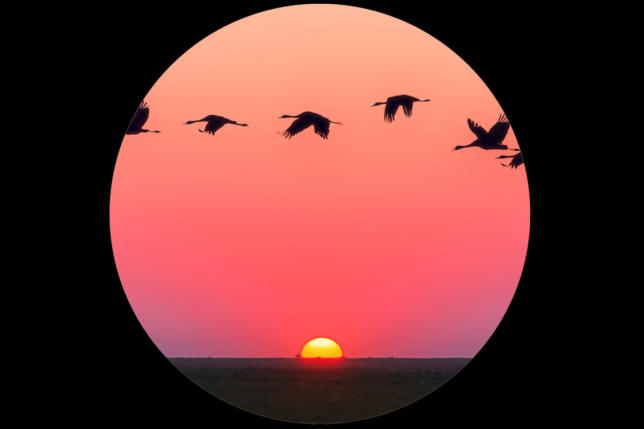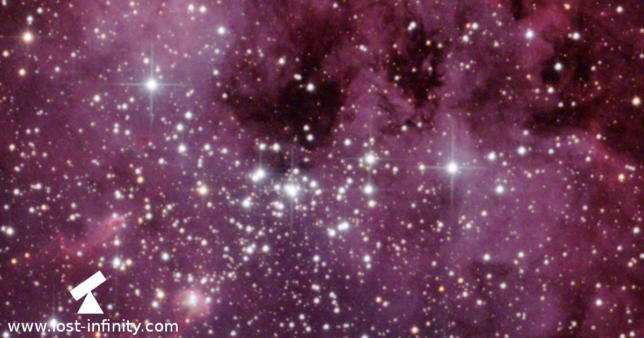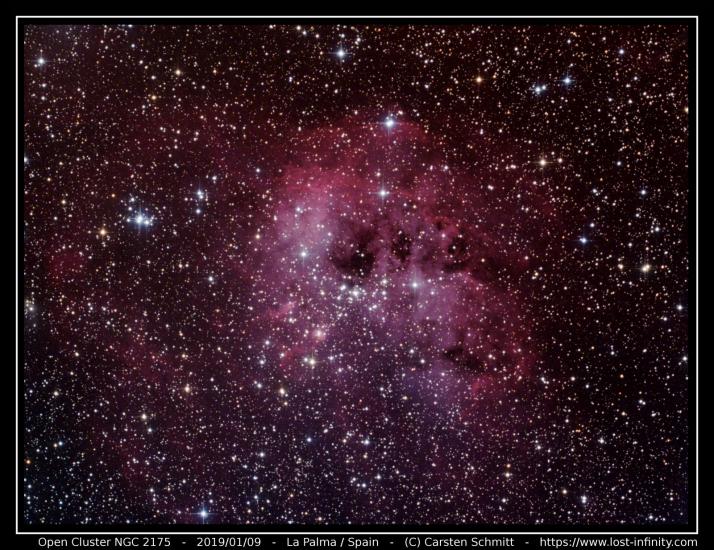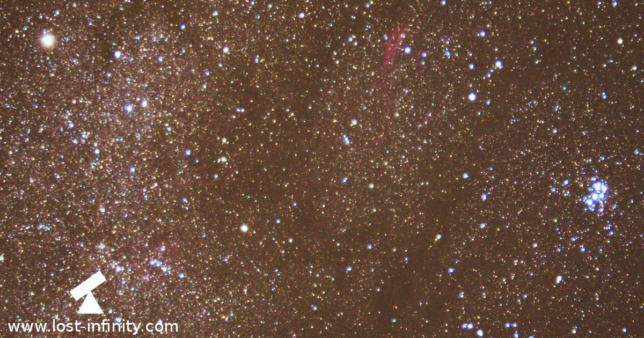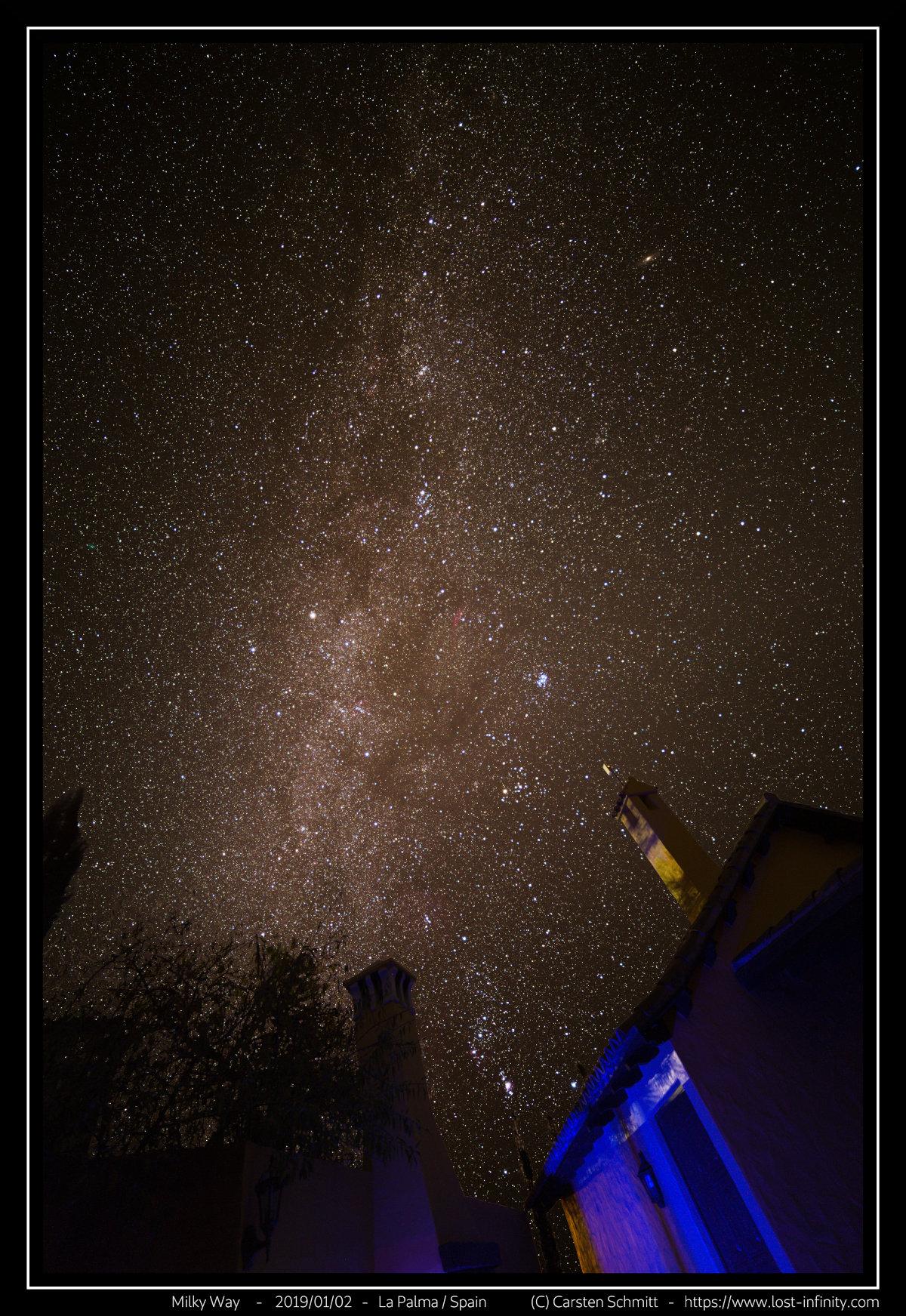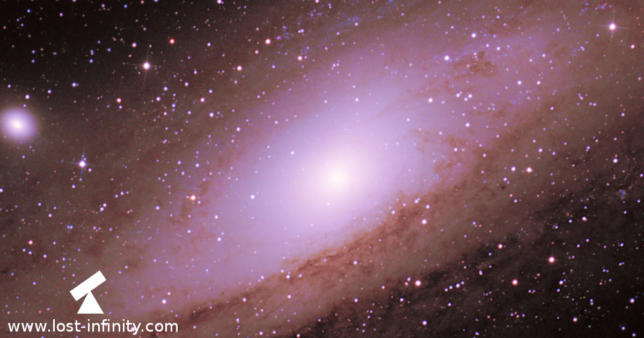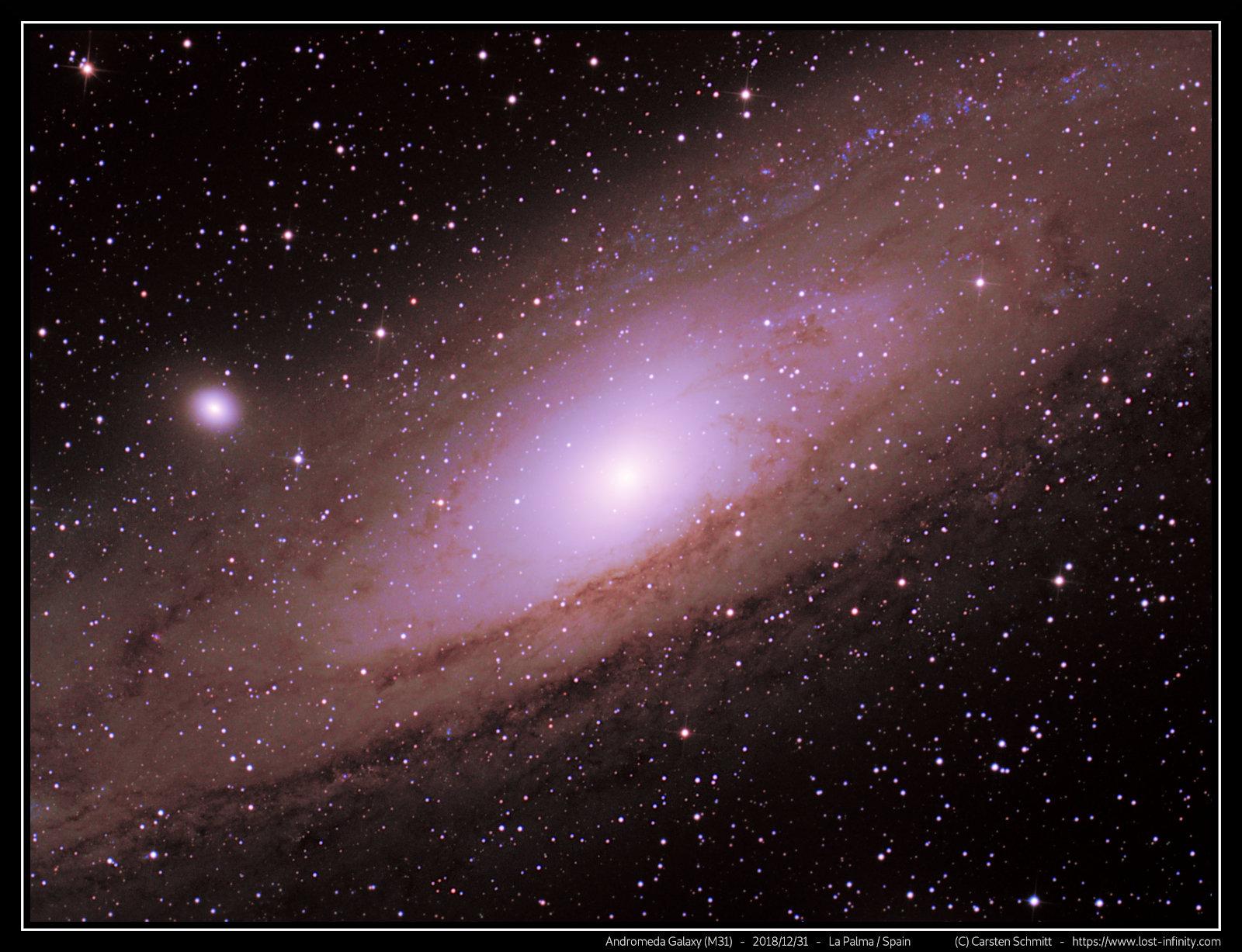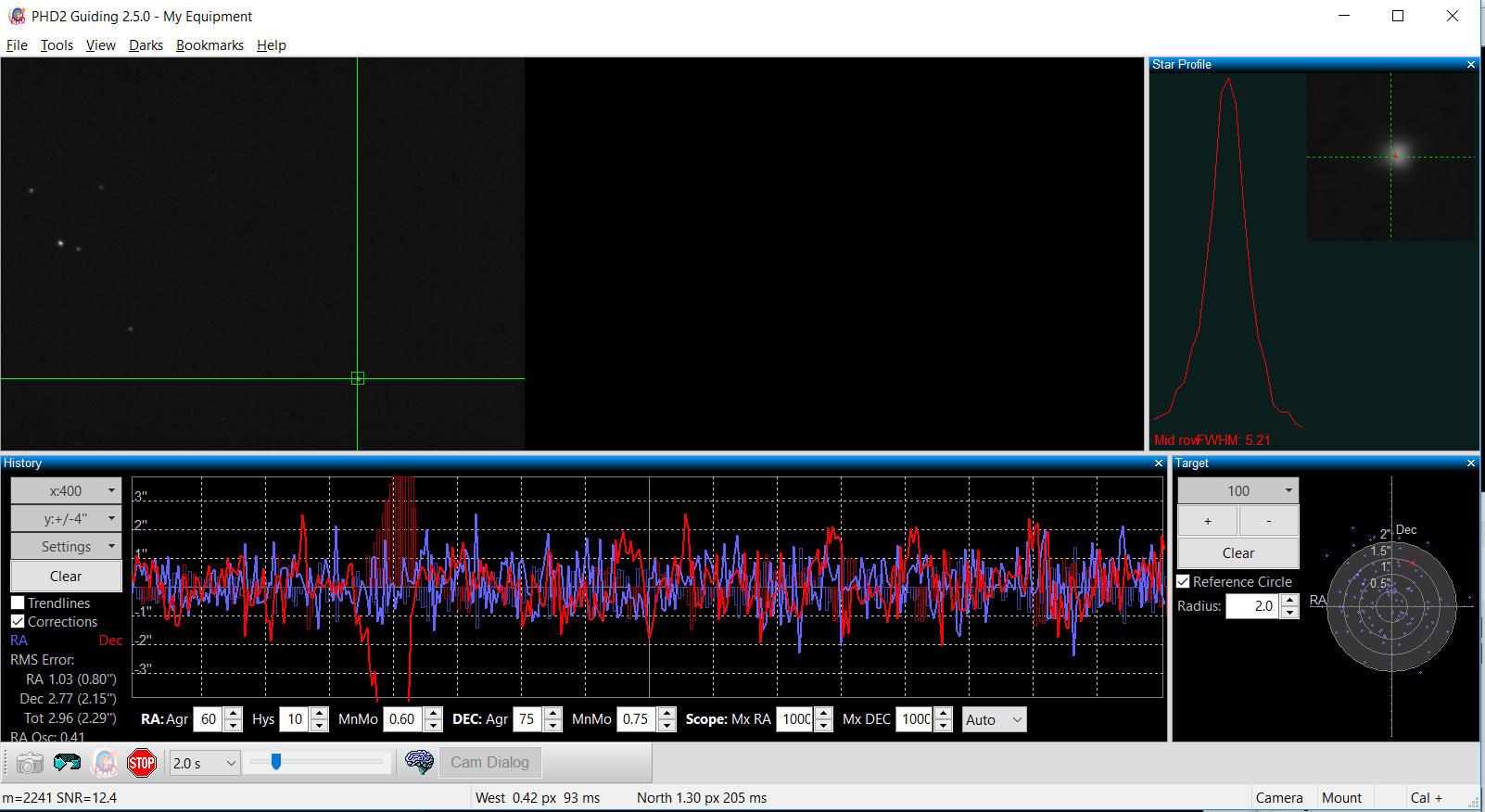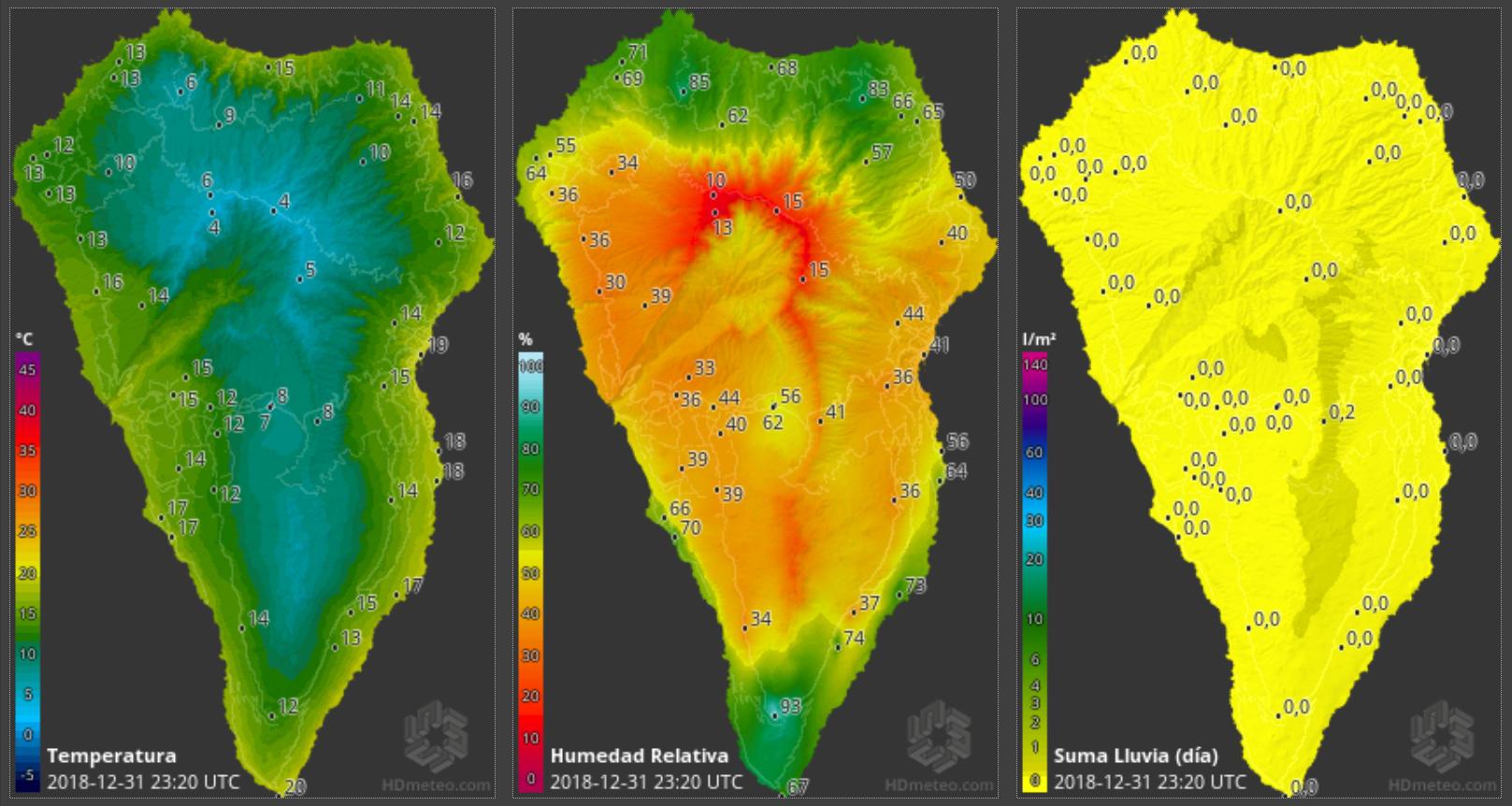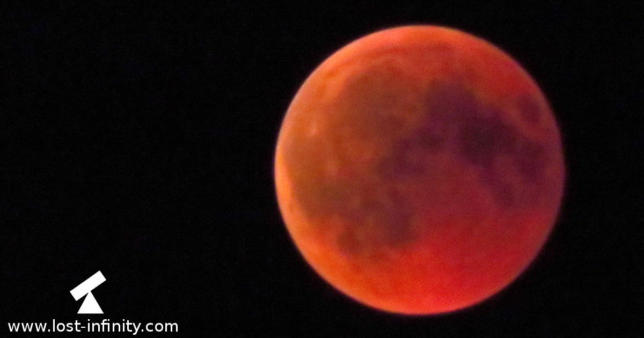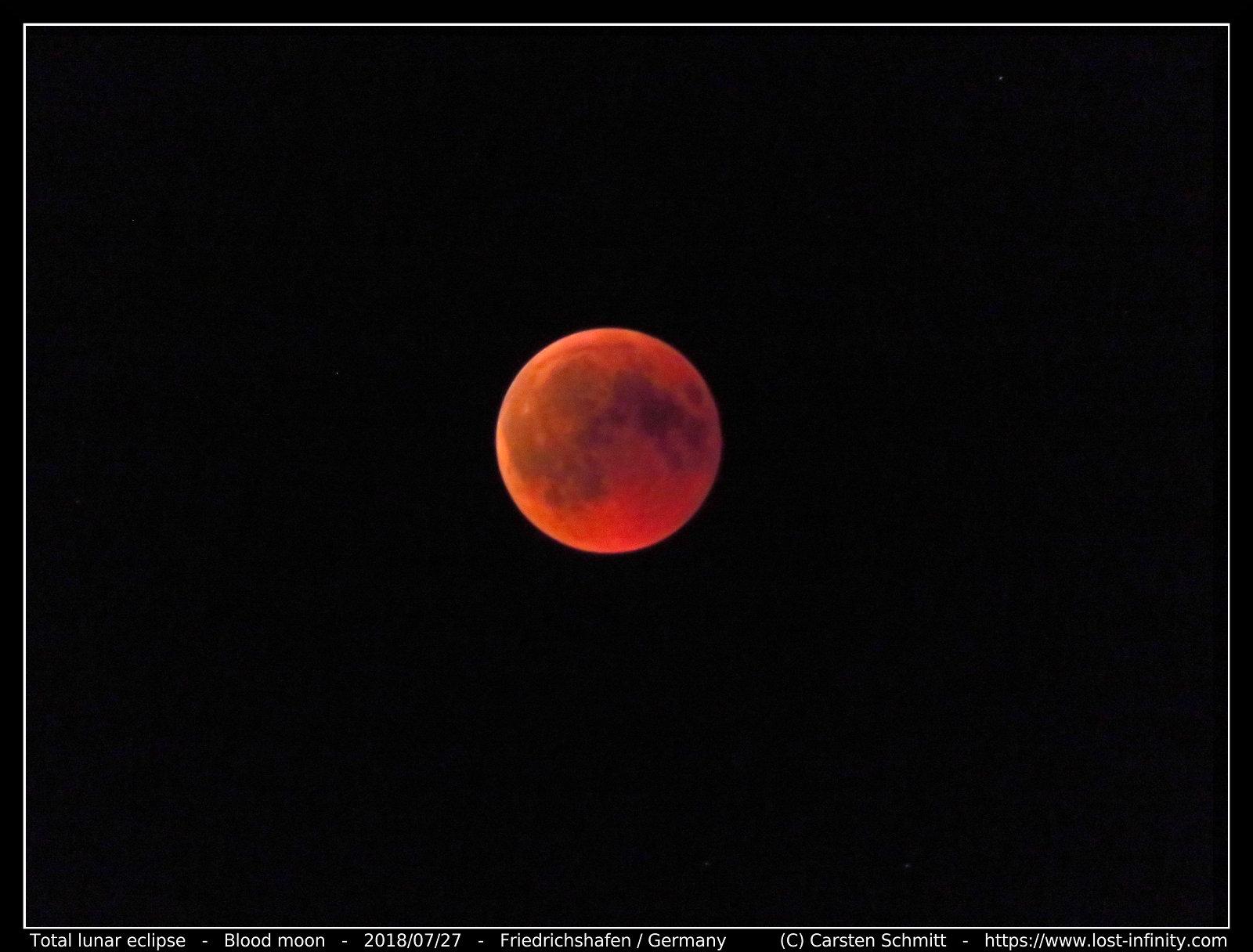Some opportunities are very rare to come by. Sightings of certain species of birds are even rarer. For times like these, having a useful magnification tool such as a pair of good binoculars or a telescope can come really handy. In a broader sense, both, telescopes and binoculars serve the same purpose – they make an object that is far away, appear much nearer so you can examine it closely.
When you are observing birds from a safe distance, the birds don’t get nervous or feel threatened. You can enjoy watching the birds going about their activities without scaring them. Regardless if you are a novice or seasoned bird watcher, without a good magnification tool you are quite likely to miss out on priceless moments. Let’s take a look at which of these magnification tools is best suited for bird watching under various conditions.
Continue reading →




























